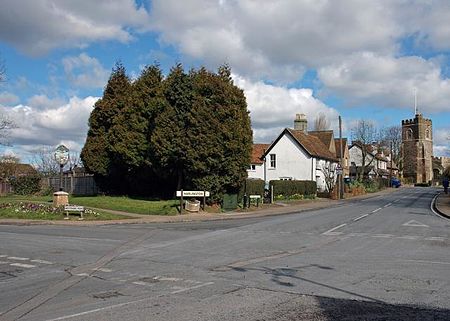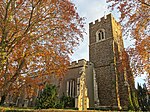Harlington Manor
Country houses in BedfordshireGrade II* listed buildings in BedfordshireHistoric housesManor houses in EnglandUse British English from February 2023

Harlington Manor is a grade II* listed manor house in Harlington, Bedfordshire. The house abuts, and has views over, Bury Orchard, the village common, which itself abuts the Chilterns Area of Outstanding Natural Beauty.
Excerpt from the Wikipedia article Harlington Manor (License: CC BY-SA 3.0, Authors, Images).Harlington Manor
Wentworth Court,
Geographical coordinates (GPS) Address Nearby Places Show on map
Geographical coordinates (GPS)
| Latitude | Longitude |
|---|---|
| N 51.963355 ° | E -0.495006 ° |
Address
Wentworth Court
Wentworth Court
LU5 6HZ
England, United Kingdom
Open on Google Maps










